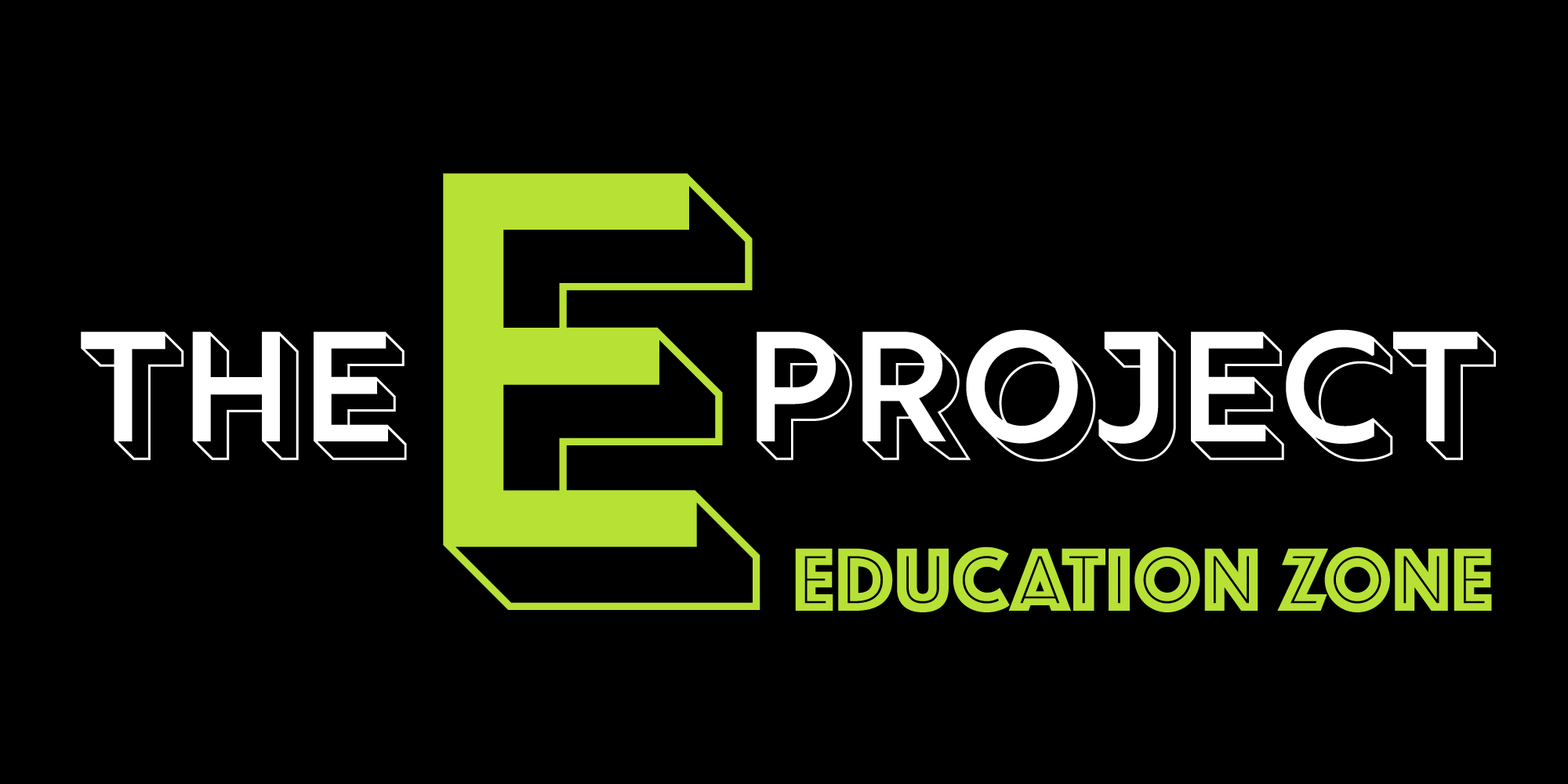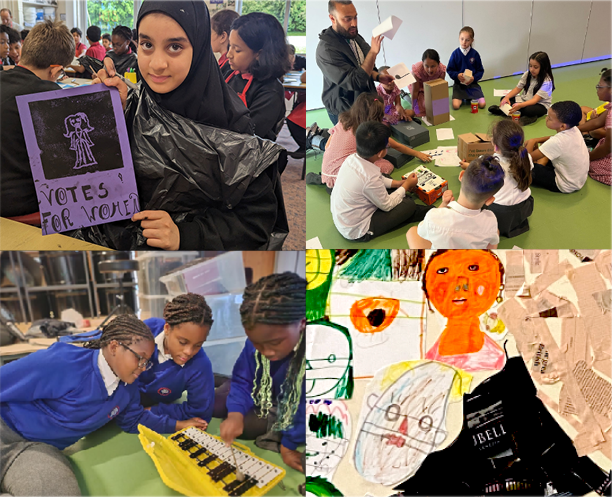Welcome to the E Project Education Zone which offers a range of resources to support your delivery of using the arts to underpin the curriculum, with an emphasis on embedding EDI across all learning.
HOW TO USE THESE RESOURCES
The Zone offers videos and written plans divided into three areas. Each of these offer different activities in each of Art, Drama and Music across a range of topics:
-
-
-
MIGRATION: Refugee crisis & art activism, Coming to England, The Windrush’s impact on music
DIVERSE COMMUNITIES: Exploring European geography, Diverse communities and human geography, Exploring discrimination through drama, A walk through town
RIGHTS: Rights and Identity, Music for Protest, Rights of a Child
VALUES: Exploring values Kindness and Responsibility
THE HOLOCAUST: Exploring the holocaust through art, drama and music
HISTORICAL CULTURES: Mask making and Benin Bronzes, Gender and leadership in Ancient Egypt, Exploring music from different cultures
INSPIRATIONAL PEOPLE: Inspirational people portraits and British musicians
The lesson plans were delivered across a range of session lengths so you may choose to split the plans to deliver across more than one lesson, or create a mini unit.
In general, we suggest each lesson should include:
An introduction – 5-10 minutes
A warm-up – 5-10 minutes
One or two main tasks – 25-30 minutes
A reflection – 5-10 minutes
FUNDED BY:
KEY PRINCIPLES
During the E Project we came up with the following to help your planning and delivery:
Focus on the process, not the product: The main learning in these sessions comes from the thinking and reflection that takes place through art-making, rather than the finished piece.
Set a good example: Avoid telling the young people that you are ‘bad at art’ or referencing the value of the work you create: this can affect how young people value the art-making process.
Don’t seek perfection: Remember the benefits of practice, making and art being a lifelong companion that doesn't need to be perfect. Perfection is not achievable, it’s the journey of enjoying making that is what it’s about.
There’s no wrong answer: Follow the ideas and questions of your students and let them go where is right for them with their creativity. When exploring topics of diversity, encourage questions and considering different perspectives without shutting them down or making them feel shame because of a well-meaning question.
Be representative of your students with the examples you give: For example, if you have children of Nigerian heritage, Google 'Nigerian Artists' and see where you can add this into your lessons.
Look at our Diverse Reference Points resource for more ideas.
Credits
ART:
Sophie Gresswell, Kate Eggleston-Wirtz, Luke Perry
DRAMA:
Jo Carey
MUSIC:
Vahan Salorian
HMDT Music, twice winner of the prestigious Royal Philharmonic Society Award for Education and winner of the Excellence in Music Theatre Award is a leader in creating inspiring projects for young people, particularly those facing challenging experiences, through which it aims to enrich learning, broaden awareness of and help fight inequity and transform lives.













